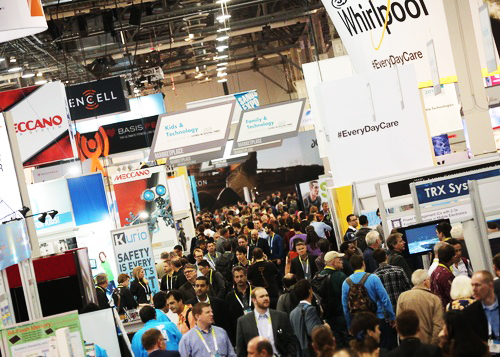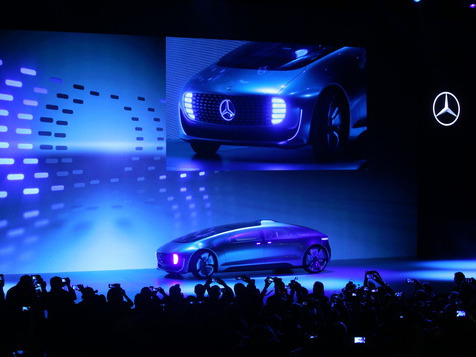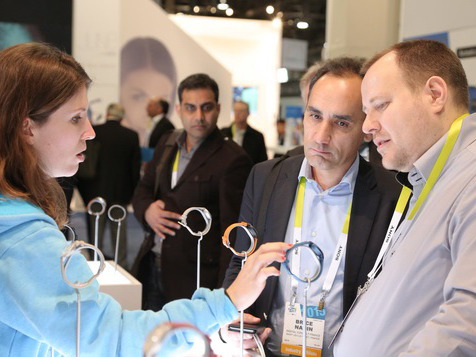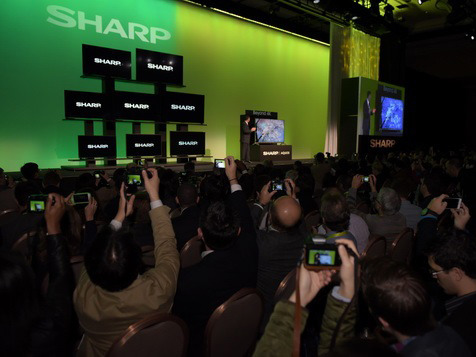Note: This website was automatically translated, so some terms or nuances may not be completely accurate.
The World's Largest Home Appliance & IT Show "Disruptive Change" Seen at CES 2015

Keiko Tsuyama

Naoki Mori
Dentsu Inc.
Was this article helpful?
Newsletter registration is here
We select and publish important news every day
For inquiries about this article
Author

Keiko Tsuyama
New York-based journalist, full member of the Foreign Correspondents' Club of Japan, columnist for The Wall Street Journal Japan Edition
He has conducted extensive reporting on U.S. society and economy, interviewing figures such as Facebook founder Mark Zuckerberg. His publications include Mobile Shift: New Business Strategies for "Smartphones × Social Media" (co-authored).

Naoki Mori
Dentsu Inc.
CDC
Business Development Director, Creative Director
After working in optical equipment marketing, market research firms, and internet ventures, joined Dentsu Inc. in 2009. Engaged in developing solutions utilizing digital & technology, producing the AR (augmented reality) app "SCAN IT!", the event-digital fusion platform "Social_Box", and "SOCIAL_MARATHON". Further handled business and innovation support through digital & technology. Recently, he has been working on projects supporting UI/UX design based on management and business strategy, as well as business innovation through internet business models. Serves as an executive committee member (Mobile Committee Chair) for the Japan Advertisers Association's Web Advertising Research Group. Author of "Mobile Shift" (ASCII Media Works, co-authored) and other works. Recipient of awards including ADFEST (INTERACTIVE Silver, among others), Spikes Asia (PR Grand Prix), and the Good Design Award. Frequent speaker at events including ad:tech Tokyo.






